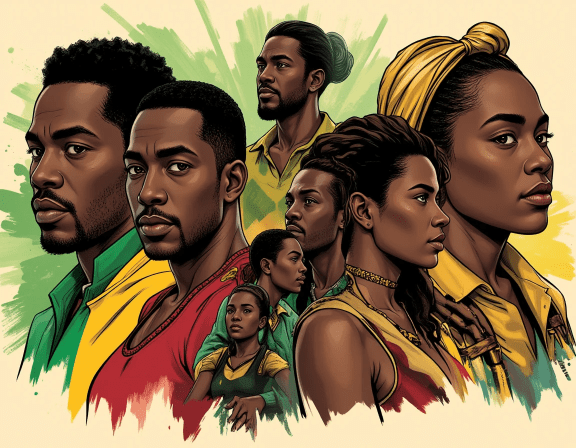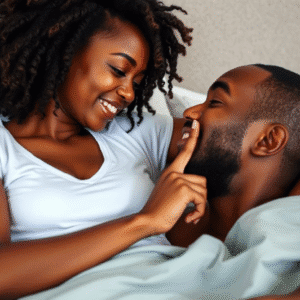The Story of Jamaica’s Independence: More Than Just August 6

When most Jamaicans hear “August 6,” a few things come to mind: bunting flags, schoolchildren sweating in uniform at a local ceremony, and that one uncle who starts every Independence Day cookout by declaring, “Mi memba di day we get wi freedom, yuh hear mi?” (Even though he was born in 1972).
But let’s be real — Jamaica’s Independence is not just a date you mark on your wall calendar and light a Black Seed oil candle for. It’s a full-blown cultural epic filled with drama, pride, rebellion, barefoot Maroon, brass bands, and yes — the occasional jonkunnu dancer in a horse head. Let’s talk about it.
Before the Flag and Festival Song
Before August 6, 1962, Jamaica was under British rule — yes, Queen Lizzy and all. We didn’t have our own Prime Minister, flag, or even the chance to print our own face on money (and now we get to see Nanny, Bob Marley, and even an ackee and say, “We rich in culture, yuh see it.”)
But let’s be honest — Jamaicans were never built to blindly follow rules. So even though we were technically a colony, Jamaicans were already busy inventing resistance: from Tacky and Sam Sharpe breaking chains, to Marcus Garvey telling Black people to build their own ship and run things for themselves.
So How Did We Get to the Big Day?
In the 1940s and 50s, Jamaicans started getting bold — asking important questions like, “Why mi haffi ask di Queen permission fi build a road?” or “How come dem tek all wi banana and sell it back to wi inna can?”
The people started demanding more rights, more respect, and more cultural pride.
Enter leaders like Norman Manley and Alexander Bustamante — cousins who could argue like two goats pon a zinc roof. But one thing they agreed on: Jamaica needed to manage its own affairs.
Fast forward to 1962 — we put on our finest clothes, lowered the Union Jack one last time, and raised the black, green and gold. (Big up artist Ras Moody Stewart, who designed that flag — to this day, people still argue whether it’s black-green-gold or gold-green-black… but you get the point.)
More Than Just a Holiday — It’s a Cultural Reset
Since then, August 6 has become a sacred time to bun di jerk pan, wear all the national colours at once (even if you look like a walking flag), and pretend like you’re going to the Grand Gala, even if you’re just watching it on TV.
But Independence is more than just a day off. It’s when we remind ourselves that we:
- speak our own language (Patwa),
- make our own music (from ska to dancehall to a riddim you can’t name),
- and know how to turn something into greatness with limited resources (ask any Jamaican grandmother who stretch one tin mackerel into Sunday dinner for six).
But Are We Really Independent?
I wouldn’t be a proper cultural journalist if I didn’t bring up the real question: “Is Jamaica truly independent or just independent-ish?” We still rely on foreign loans, foreign tech, and foreign influence — but our mindset is still one of freedom.
As mi granny seh, “Yuh cyaah call yuself free if yuh still beggin fi salt fish.”
So while we celebrate, let’s remember what we’re working toward: a Jamaica where freedom looks like ownership, opportunity, and empowerment — not just fireworks in the stadium and a float with a Bob Marley mannequin waving to the crowd.
Jamaica’s Independence is more than August 6 — it’s a vibe, a legacy, a reminder seh wi tallawah fi true. So the next time you put on that green, gold, and black, take a moment to honor the ancestors who broke chains, the market lady who built a business from scratch, and the schoolchildren who still believe Jamaica sweet — because they are the real revolution.
And remember: independence without culture is like festival without bammy — it might look nice, but something crucial is missing.
One love, one flag, and one big ackee tree for all of us




